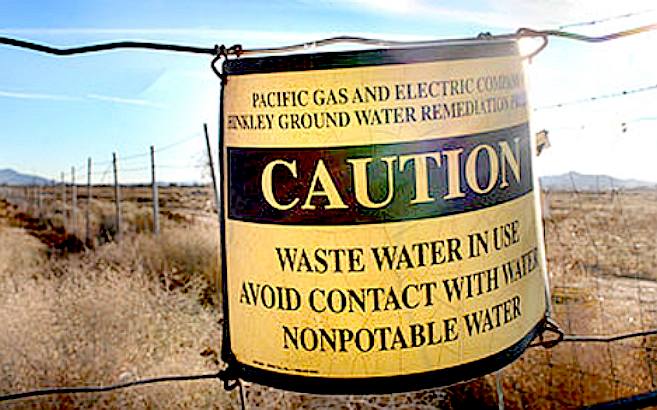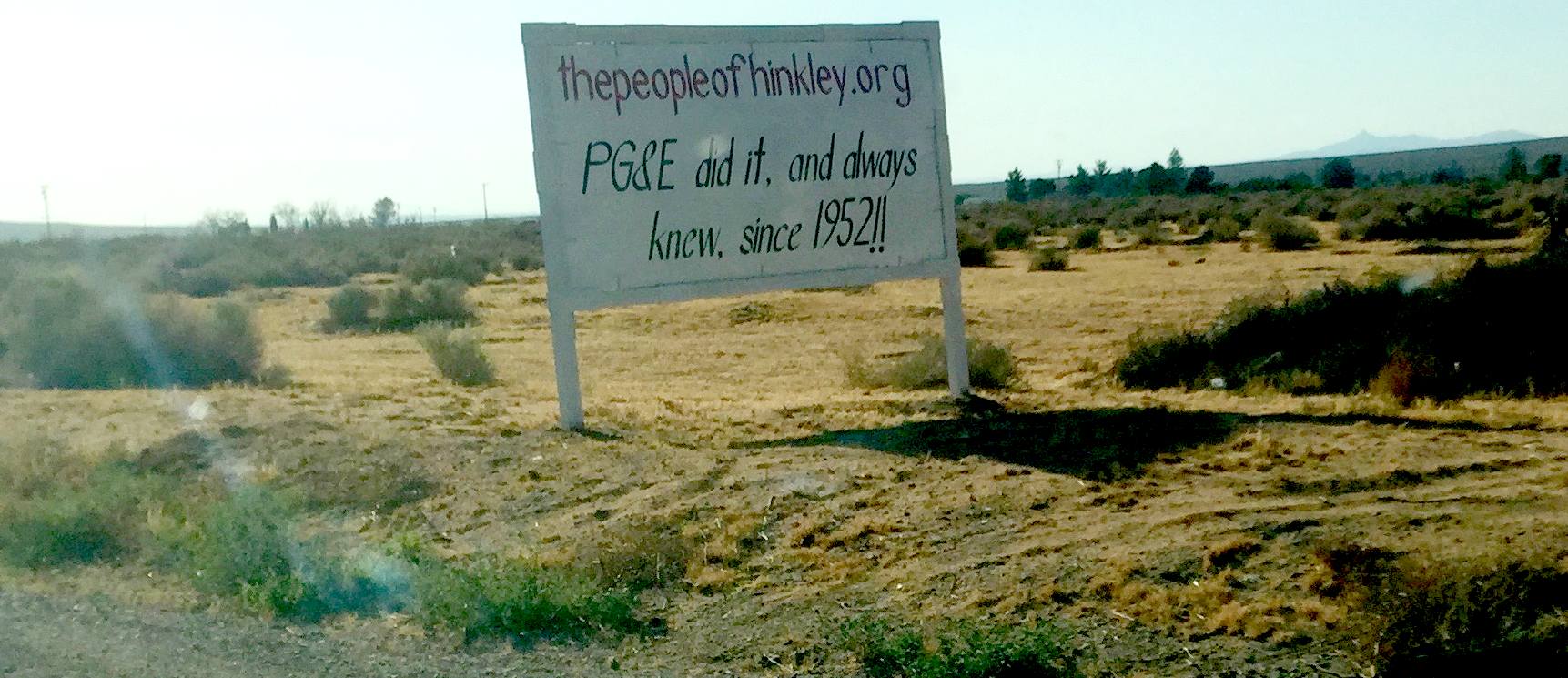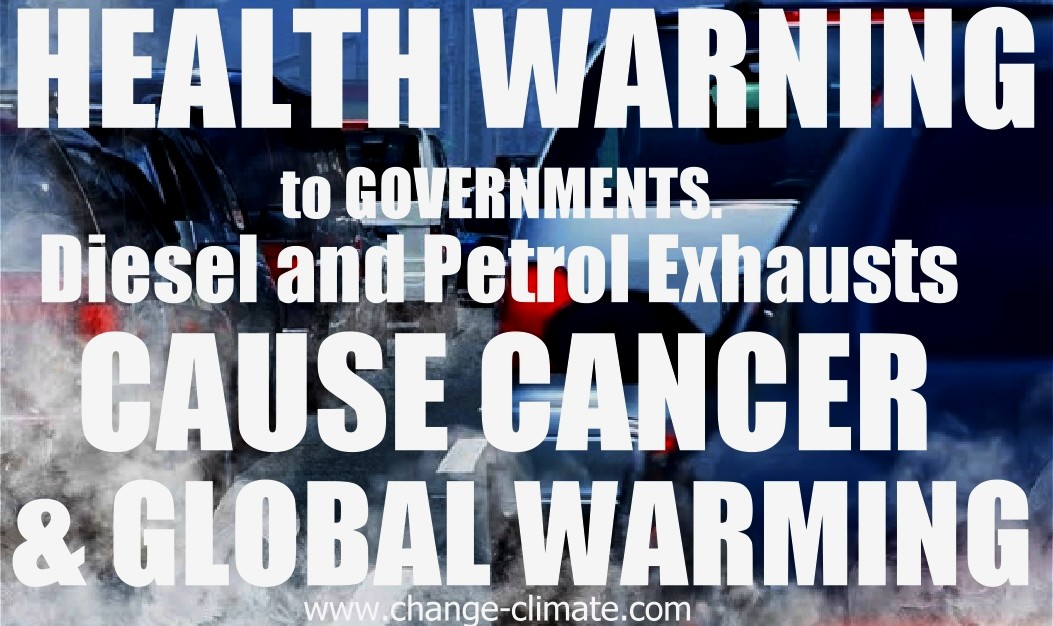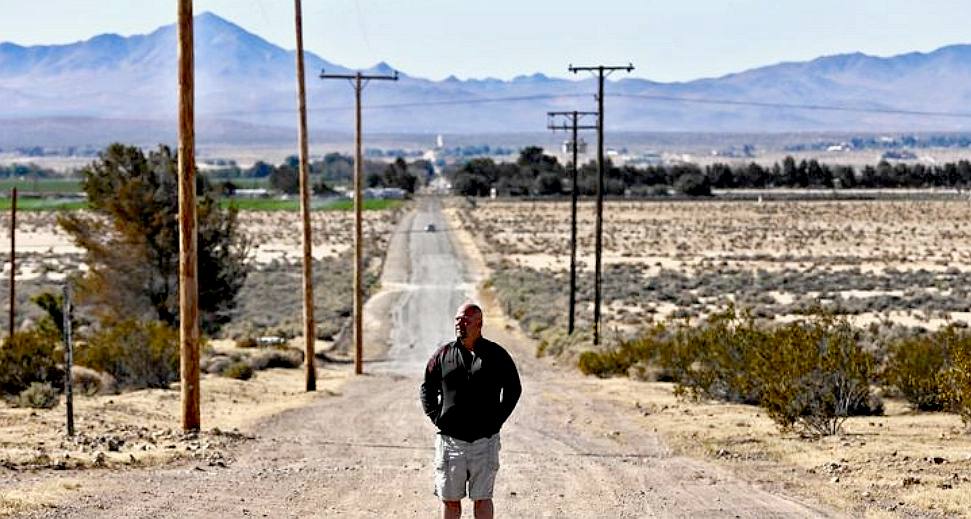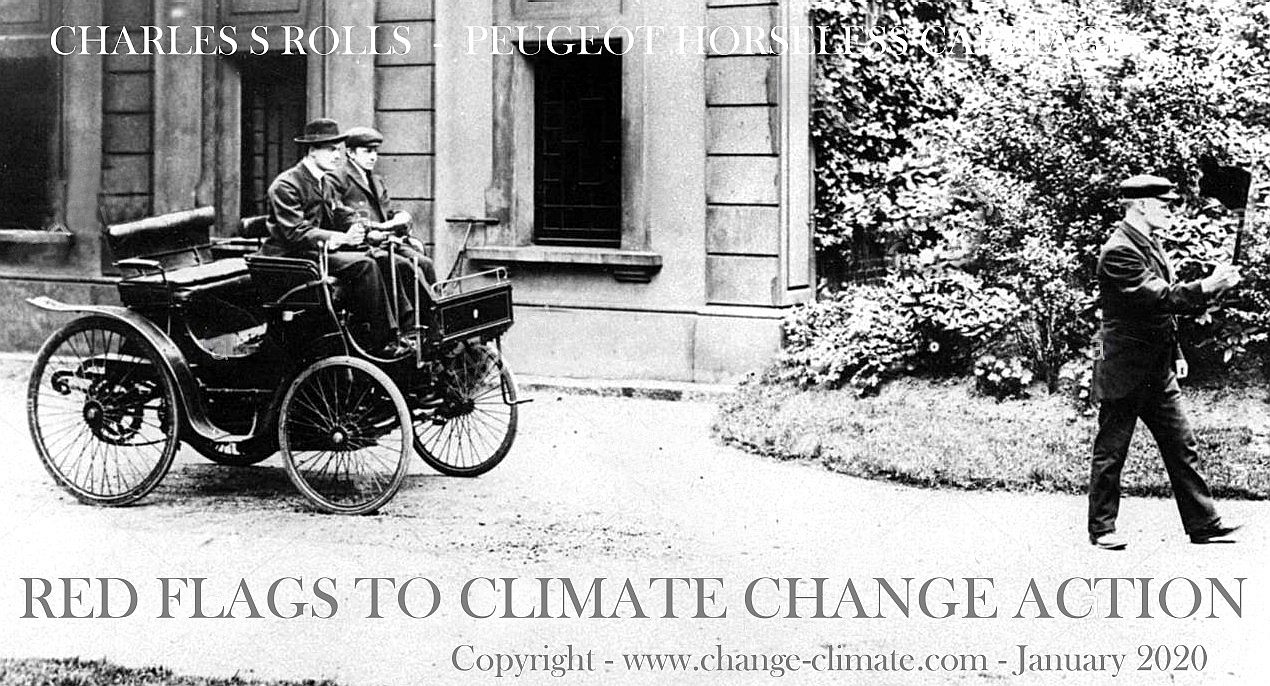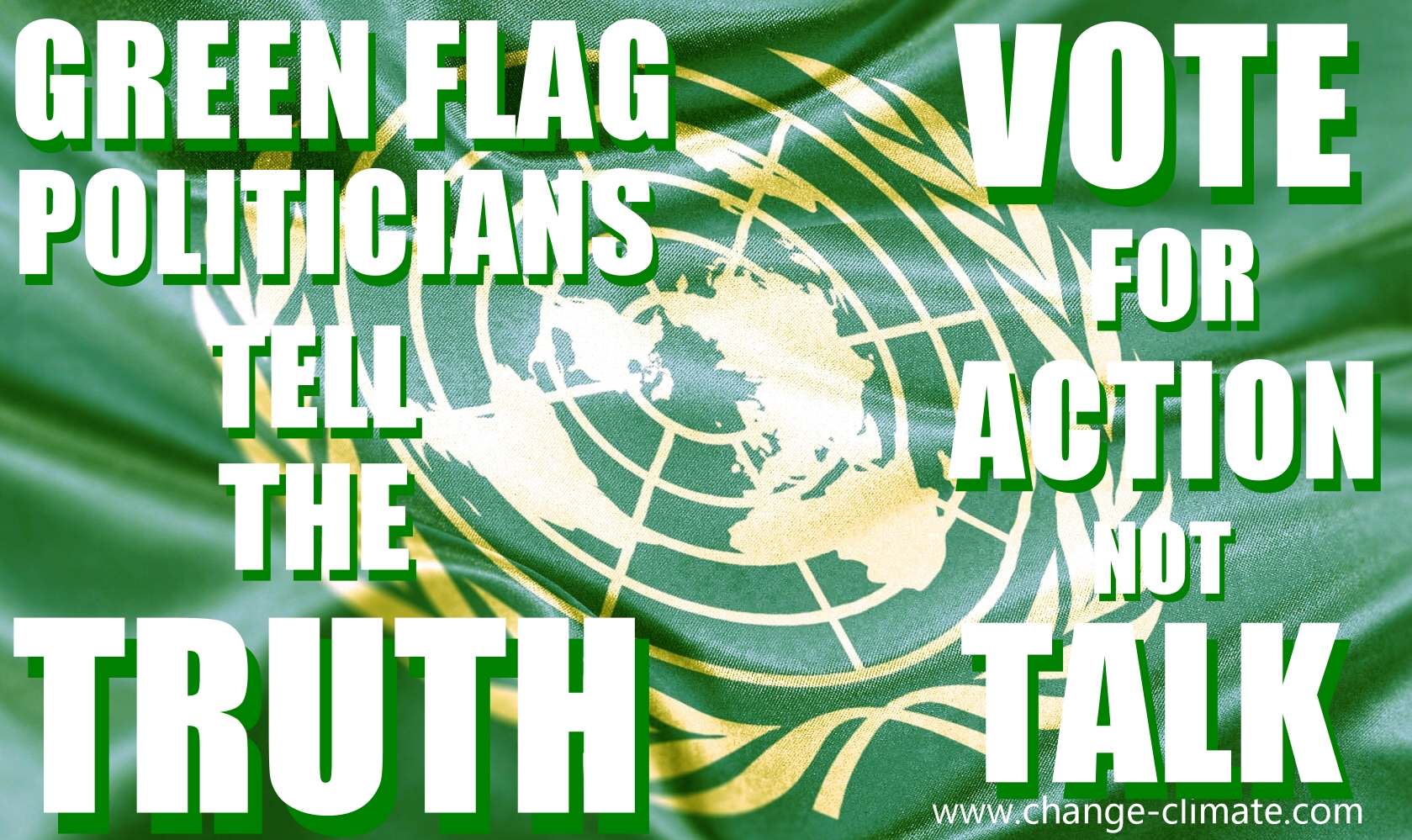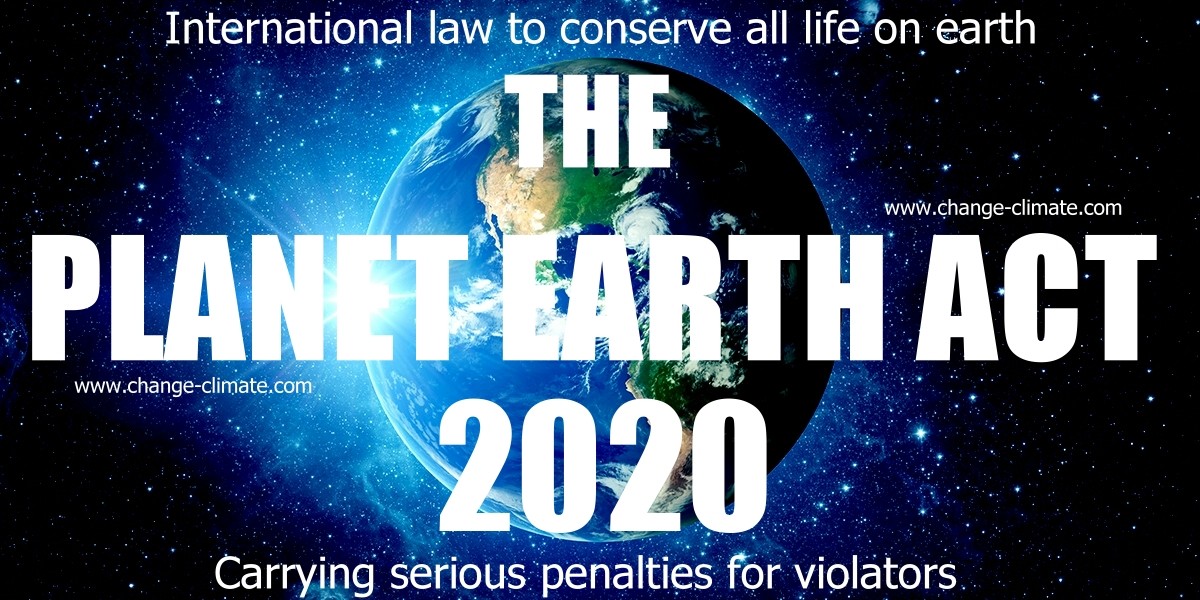|
PG&E - GROUNDWATER POISONING
PLEASE USE OUR A-Z INDEX TO NAVIGATE THIS SITE
ERIN'S MOVIES - Brockovich's work in bringing litigation against Pacific Gas and Electric is the focus of the 2000 feature film, Erin Brockovich, starring Julia Roberts in the title role. The film was nominated for five Academy Awards: Best Actress in a Leading Role, Best Actor in a Supporting Role, Best Director, Best Picture, and Best Writing in a Screenplay Written Directly for the Screen.
Julia Roberts won the Academy Award for Best Actress for her portrayal of Erin Brockovich. Erin Brockovich herself had a cameo role as a waitress named Julia R.
Working with Edward L. Masry, a lawyer based in Thousand Oaks, California,
Erin Brockovich went on to participate in other anti-pollution lawsuits. One suit accused the Whitman Corporation of chromium contamination in Willits, California. Another, which listed 1,200 plaintiffs, alleged contamination near PG&E's Kettleman Hills compressor station in Kings County, California, along the same pipeline as the Hinkley site. The Kettleman suit was settled for $335 million in 2006.
Roberta Walker, a plaintiff in the original lawsuit and Banks' mother-in-law, said that at the time of the settlement, residents like her believed the plume of contamination was limited to a well-defined area around the compressor station.
Starting in 2010, PG&E offered to either provide clean water or buy properties of residents whose wells tested positive for chromium.
But despite the progress, many Hinkley residents still worry about how much chromium 6 will remain in the water. PG&E is required to clean up to the levels at which chromium 6 naturally occurs in the groundwater — a number known as the background level.
A study commissioned by PG&E a few years ago said chromium 6 naturally occurred in Hinkley groundwater at levels of 3.1 parts per billion.
The safe drinking water standard adopted by the state — which is hundreds of times greater than a non-enforceable public health goal set by the state Environmental Protection Agency — has been criticized as too high by some environmental groups.
PETROLEUM AND DIESEL EXHAUST FUMES
The automobile makers have done exactly the same. They knew about greenhouse gases but continued to lobby via manufacturers associations and other contributions, for the right to keep making and selling vehicles without any health warning attaching to sales. The only difference is they are polluting the air with carcinogens, not the groundwater, helping to turn planet earth into a desert, not too mention acid oceans, as noxious gases mix with seawater.
POLITICAL BLOCKERS - In Britain in 1865, the legislative response to the increasing introduction of self-propelled vehicles on our roads was the Locomotive Act (sometimes known as the Red Flag Act). Amongst a number of provisions, it stipulated that self-propelled vehicles needed to be proceeded with a man walking 60 yards ahead carrying a red flag to warn other road users of the vehicles approach. The objective of powerful stakeholders was to hinder progress to protect their investments in horses, carriages and trains. Charles Rolls, of Rolls Royce fame is seen here driving his Peugeot motor car, not at all happy that he could not go any faster because of the idiotic law.
38 YEARS OF DENIAL - LOCOMOTIVE ACT 1865
From 1865, through 1896 through to 1903 and beyond, politicians in the UK used their positions of trust to hinder progress by passing into law the Locomotive Act of 1865, before it was repealed. That is 38 years and more of blocking technology, by the very people who should have been looking to advance technology.
The modern cars we rely on today are the product of the Collective Human Brain. We stand on the shoulders of giants and take our conveniences for granted.
If it took 38 years for our (then) leaders to recognize the advantages of the motor car, what chance have we got to halt Global Warming?
Yup, not much!
In the words of Winston Churchill. "Hope for the best, but prepare for the worst." Get ready then for World War Three. WWIII will be about food and water.
Warming of the planet reduces agricultural land to grow crops and raise livestock and fish harvests.
As the population grows, we will be unable to feed the billions of humans on the planet.
The military in every G20 country know this. They know we are headed to war, and that is why they keep spending buckets of tax dollars on submarines, nuclear missiles, fighter planes, drones and aircraft carriers.
You don't have to be mind reader to see the signs. These are the real life Hunger Games.
OUR (SUGGESTED) SIX STEPS TOWARD A BETTER PLANET
1. TRANSPORT: Phase out polluting vehicles. Governments aim to end the sale of new petrol, and diesel vehicles by 2040 but have no infrastructure plan to support such ambition. Such infrastructure should exceed the performance of fossil fuel filling stations, prolong EV battery life and provide power grids with a measure of load leveling. Any such system should seek to obviate the provision of millions of fast charge points where implementation could prove to be a logistical nightmare. This may involve international agreement as to energy storage format and statute to steer car makers to collaborate in part in a world of competition.
Marine transport can be carbon neutral given the right policies, with phased transition in specific stages such as not to unduly penalize present investment in LNG shipping and other recent MARPOL compliant IC powered vessels. Future cargo vessel should be at least in part powered by renewable energy, on the road to zero carbon, making allowances for technology catchup.
Air travel powered by kerosene should attract hefty mitigation offset, where low carbon alternatives should be encouraged.
2. RENEWABLES: Renewable energy should replace carbon-based fuels (coal, oil and gas) in our electricity for homes, factories, heating and transport. Coal and nuclear power plants should be phased out.
3. HOUSING: On site micro or macro generation is the best option, starting with new build homes that are both affordable and sustainable by design to replace crumbling housing stocks. Encourage building in timber to provide carbon lock from a renewable natural resource.
4. AGRICULTURE: We need to grow more trees to absorb carbon emissions from a growing population, air travel, and to build new homes. We should promote reductions in food waste and eating of foods that use less energy to produce. Educate children on these matters in schools and via campaigns such as no meat Mondays, should be part of ordinary study.
5. INDUSTRY: Factories should be aiming for solar heating and onsite renewable energy generation. EV parking and even service facilities should be part of new industrial estates as part of any building permissions.
6. POLITICS: - National governing bodies need to adopt rules to eliminate administrative wastages, to include scaling down spending on war machines, increasing spend on educating the public and supporting sustainable social policies that mesh with other cultures. This includes fostering policies and making funds available to close links in the technology chain to make up for lost time. Kleptocratic empire building must cease in the search for natural equilibrium.
SUSTAINABILITY BEGINS AT HOME
What happens on your doorstep is what is happening all over the world. Everyone is empire building, over fishing and dumping waste in our oceans in the belief that a little bit more indulgence won't matter. Yes it will !
LINKS & REFERENCE
https://www.
This website is provided on a free basis as a public information service. copyright © Cleaner Oceans Foundation Ltd (COFL) (Company No: 4674774) 2020. Solar Studios, BN271RF, United Kingdom. COFL is a company without share capital. This website is protected by Articles 18 and 19 of the Universal Declaration of Human Rights, freedom of thought and the right to receive and impart ideas. Statute allows for media comment on policies and articles. COFL aims to comply with such international laws. Should you have any issue concerning copyright please let us know. You do not need our permission to reproduce our articles or pictures for educational or review purposes. Though a link back would be appreciated if not too much trouble.
|

